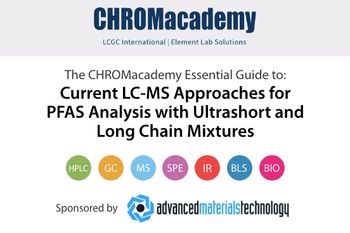
- January 2000
- Volume 18
- Issue 1
- Pages: 46–55
A Comparison of CE–MS and LC–MS for Peptide Samples
Despite their different levels of technological maturity, CE and LC coupled with electrospray ionization MS techniques can be operated at the same level of automation. However, they differ in their configuration, selectivity, sensitivity, and method development.
The authors investigated and compared aspects of capillary electrophoresis and liquid chromatography coupled with electrospray-ionization mass spectrometry for the analysis of peptide samples. Despite their different levels of technological maturity, both techniques can be operated at the same level of automation. However, they differ greatly in the interface design, selectivity, sensitivity, and method development aspects.
Articles in this issue
almost 26 years ago
The Role of Porous Graphitic Carbon in HPLCalmost 26 years ago
Starting Out Right, Part II – Measuring Satisfactionalmost 26 years ago
Separation Technology in Drug Discoveryalmost 26 years ago
Chromatography Data Systems, Part I: The FundamentalsNewsletter
Join the global community of analytical scientists who trust LCGC for insights on the latest techniques, trends, and expert solutions in chromatography.





